
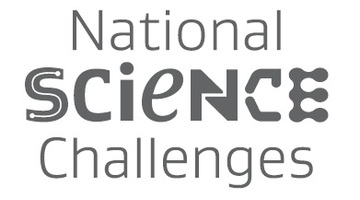
As New Zealanders looking to the future, we are faced with many opportunities – and challenges. These include improving the health of all our people, advancing our economic growth, protecting our ...
READ MORE
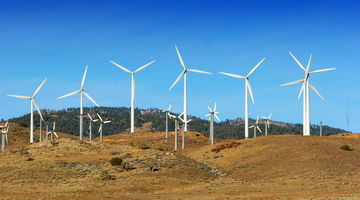
Scientists think that about 14 billion years ago (that is a 14 followed by 9 zeros), this universe came into being through the Big Bang. This is described in the Big Bang theory. It is thought ...
READ MORE
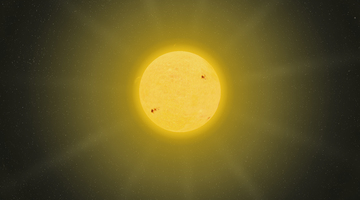
Renewable energy is fuel that comes from a source that can be replenished in a short amount of time. This includes solar, wind, water, geothermal power and bioenergy. While renewable energy ...
READ MORE

In this activity, students explore sunlight being converted into electricity. They are introduced to the concept of photovoltaics – making electricity from sunlight. They will become aware of ...
READ MORE

In this activity, students are introduced to the concept of harnessing the Sun’s energy for our use on Earth. They will appreciate that the early Māori were also thinking about the Sun in ...
READ MORE

Rubbish or waste is part of our lives. How we deal with it has changed through the ages. We know that out of sight, out of mind is a fallacy, and what we bury today has the potential to affect ...
READ MORE
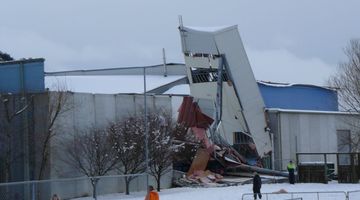
Large snow events in most parts of New Zealand are uncommon. However, if you are in the South Island or the central North Island, this citizen science project could be a great one for your ...
READ MORE

Long ago, according to the legend of Māui, the Sun was the focus of attention. People wanted more daylight and warmth to get their jobs done. Māui schemed to harness the Sun. Rights: Tim Tripp ...
READ MORE

Shulman’s (1987) notion of pedagogical content knowledge (PCK) is concerned with how to teach specific ideas and skills to particular students. As well as knowing what ideas to teach their ...
READ MORE

In the primary classroom, students may be involved with a science topic over several weeks. They need to be supported to develop their scientific understandings in a connected, coherent manner ...
READ MORE
Peter Hall from Scion explains why we need large quantities of carbon neutral energy. Energy is everywhere. Anything we eat or use has energy embodied in it. Every object we produce required ...
READ MORE
Peter Hall from Scion discusses New Zealand’s energy demands and what we should think as a country about how to reduce our carbon footprint. A country’s economic growth is closely linked to how ...
READ MORE
Dr Peyman Zawar-Reza, from the University of Canterbury, explains how scientists can help energy companies to predict which areas they should target for further exploration and use for energy ...
READ MORE
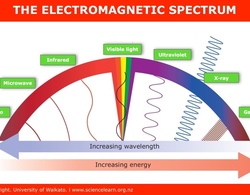
This interactive looks at the electromagnetic spectrum. To use this interactive, move your mouse or finger over any of the labelled boxes and select to obtain more information. Select here for a ...
READ MORE
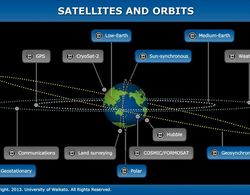
The size, orbit and design of a satellite depend on its purpose. In this interactive, scientists discuss the functions of various satellites and orbits. Accompanying fact files provide ...
READ MORE

Use this interactive to identify the components of a modern landfill system. Drag and drop the text labels onto the diagram.
READ MORE